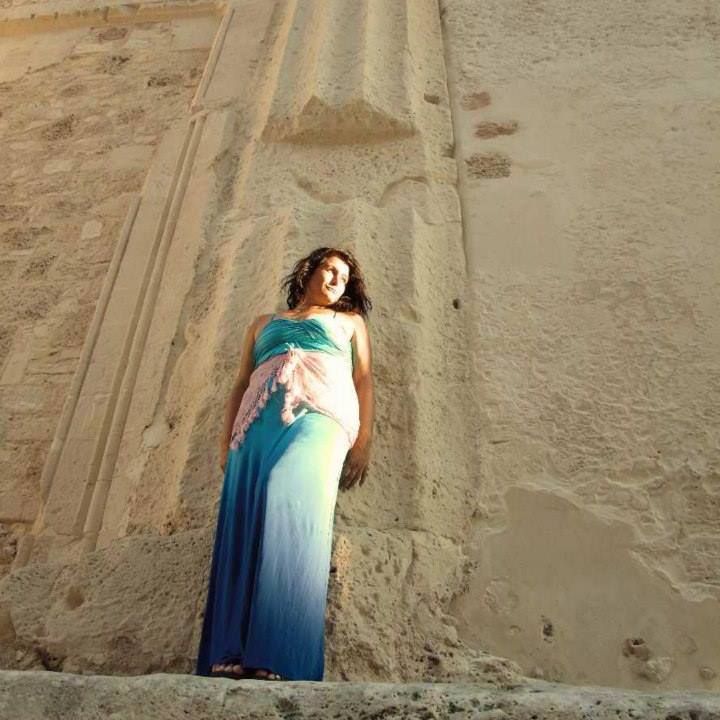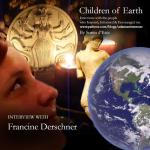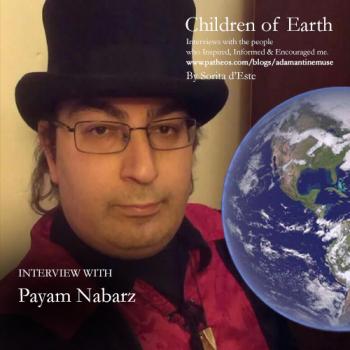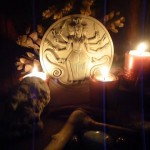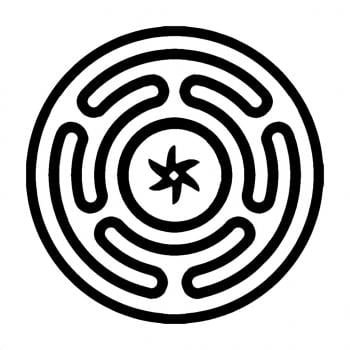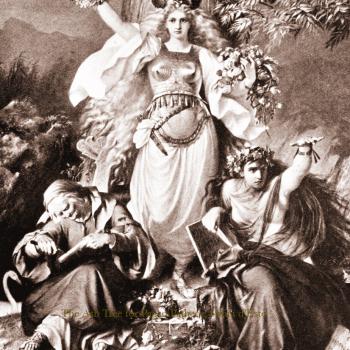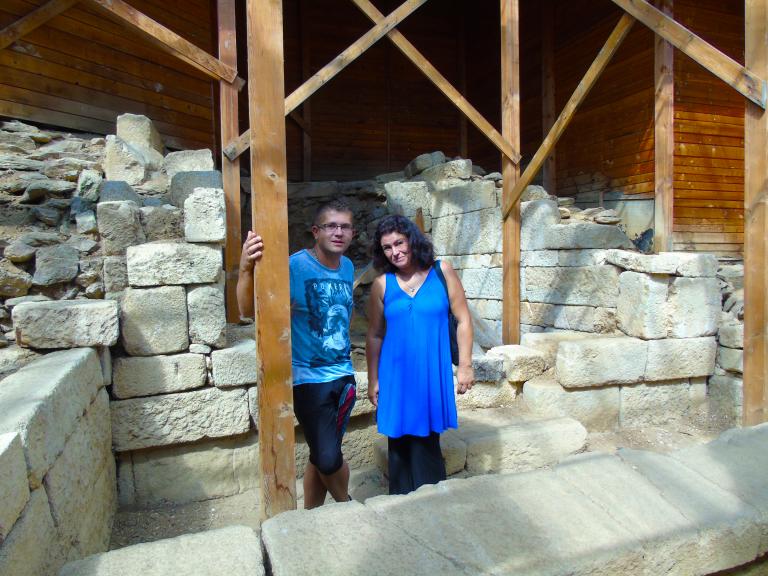
Around a decade or more ago Georgi Mishev came alive in my life through images on Facebook, and soon after he became one of the contributors to the anthology Hekate: Her Sacred Fires which brought together essays by dozens of people from around the globe who had experiences or visions of the Goddess Hekate they were willing to share for the benefit of others. Three years later I organised the 2013 Hekate Symposium in Glastonbury (Somerset) and was delighted when Georgi agreed to make the journey from Bulgaria to do the opening ceremony and be one of the speakers that year. In 2015 I had the pleasure to visiting Georgi in Bulgaria, and not only participating in an Autumn Equinox ceremony at an ancient Thracian rock sanctuary high in the Rhodope mountains but also visiting many ancient temples as well as the site where he hoped – and has since realised – to build a temple to the Gods. But perhaps more importantly, I got to meet his legendary Grandmother, but that is definitely another (very memorable) story!
Georgi’s dedication to the Gods, his studies, his serious approach to devotion and the enthusiasm with which he shares his work is an inspiration. He has a deep connection and love for the history of his country and the land there and is part of a growing movement in that part of Europe re-awakening awareness of the Gods and the ancient cultural and religious traditions of their ancestors. It is a discussion with Georgi which prompted me to start this series of interviews, and it is a pleasure to introduce him and his work to readers here.
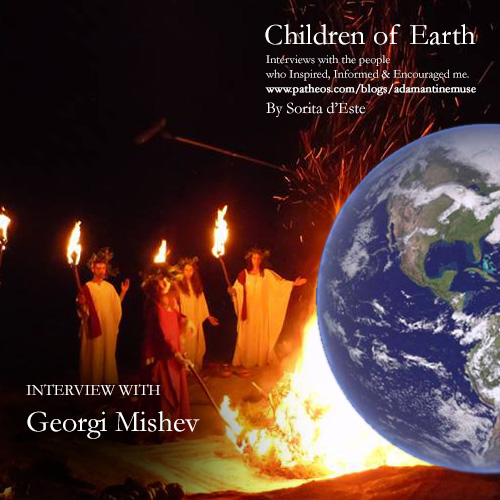
Sorita d’Este interviews Georgi Mishev
Children of Earth on Adamantine Muse
Sorita d’Este – You have been a devotee of the Gods for a long time now. How did you first become aware of the importance and presence of the Gods in your life?
Georgi Mishev – My first personal experience of the presence of something superhuman and supernatural was at the age of 7. It was in a period just after coming back to my homeland Bulgaria from a visit to Libya (my parents worked there in that time) and especially to one ancient town there called Cyrene. It happened in November 1989 and for some period of days every night, at midnight, I ran a high temperature, and perhaps because of it, I suffered hallucinations of rats, snakes and other frightful creatures. At that moment, there was always a woman figure standing outside the window. She was much taller than human and was dressed in black, with her hand she was making gestures for me to calm down.
Years later, as a teenager, I became interested in ancient mythology. At that time, I was visiting my mother in Libya, where she was working. There a friend of hers taught me to read cards, and after coming back to Bulgaria, I became aware that my great-grandmother was a very skilled healer in my hometown. This awakened an interest in me to learn more about my family heritage; along the way I was taught healing and other magical rituals by a number of older women. This is how my path towards and with the Gods started.
Sorita d’Este – Many Pagans know you because of the artwork you have created of the Goddess Hekate. Why is She important to you?
Georgi Mishev – I am not a professional artist; my drawings and paintings are one of the ways to honour the Goddess. The Goddess Hekate is for me my Saviour, She was there when I needed help, She was the Guide and Nurturer, and it is my pleasure and honour to be able to worship Her.
Sorita d’Este – There is a lot of misinformation about the Gods which continue to circulate in contemporary Pagan circles and texts. Why is it important to have good historic foundations in your modern devotional or magical practices?
Georgi Mishev – I agree that everything changes, but it is important to know that the world does not start with us, and hopefully it will also not end with us. I am raised and trained in traditional folk rituals which can be traced to antiquity. All these connections with ancient traditions are possible only because and also only when we have historical data.
To investigate and to learn about the past give us knowledge about other times and people, but in this way, these people are sharing with us their experience about life, the world and the Divine. For me, this is important because when I am reciting an incantation, which was given to me by one of my elders, I remember that person and know that she or he lives with me and within me even though they have passed from their physical existence. I think that history teaches us not only about facts and other information, but also to have respect. To learn to respect the knowledge and the experience passed down by our ancestors is very important to me, because this hasan impact on our entire life and also on our attitude towards the world.
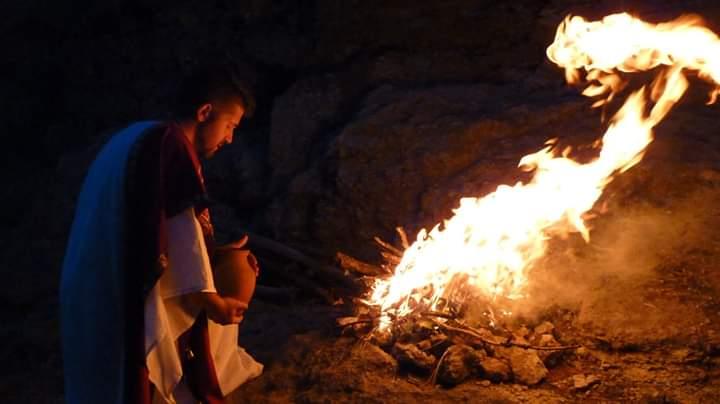
Sorita d’Este – Can you think of three examples of misinformation about the Gods you would like to see people gain a deeper understanding of? Where can people go to help them understand these topics (can you make website, or book recommendations?)
Georgi Mishev – Maybe the first thing that bothers me a lot is the modern concept of the goddess Hekate as a Crone. This idea has absolutely no historical basis. The Goddess was not depicted or believed in the image of a Crone, because the immortals, i.e. the gods, cannot become old. She may take the image of an old woman, but this is something different. The Goddess Hekate may assume a terrifying appearance, of course, but this also does not equate to a Crone.
The second would be the very sexual and naked images of Hekate. There are no such depictions of the goddess Hekate from antiquity, even in the period of very hard syncretism. The representations as the epithets of the gods are a part of a code (i.e. symbolic) language, and it is essential to preserve the main frame of this language so that we remain able to worship the goddess called and invoked as Hekate, as the same goddess who was worship in ancient times. Otherwise, it becomes like inventing a phone number, calling that someone/something hoping that it will be the right number; and not questioning if we are in contact with the proper recipient of our call.
The third would be the idea that the Goddess Hekate is a guardian of socially relegated and disregarded people. This idea I find a little bit confusing, because for me personally, the Goddess Hekate is All-Embracing, All-Containing and All-Powerful. This means that She is ALSO a guardian of social outcasts, but not especially of them. In different times, regions and cultures we have various reasons for marginalization, so we do not have a universal concept about that independent from time and space.
Additionally, we should not forget that some regional cults of Hekate also has aristocratic features. For example, Medea may be an outcast in Greece as a barbaric witch, but in her homeland she is a priestess of Hekate and a Princess. This means that Hekate was a royal deity in Colchis, worshiped by members of the royal family there. In Lagina, the priesthood of Hekate was also a very well regarded and consisted of some incredibly wealthy people. So according to the historical information we have available Hekate is a goddess, which was worshipped by different classes of people, from different cultures and in different regions. She is so much a Guardian of the Marginalized as She is a Guardian of all other living beings.
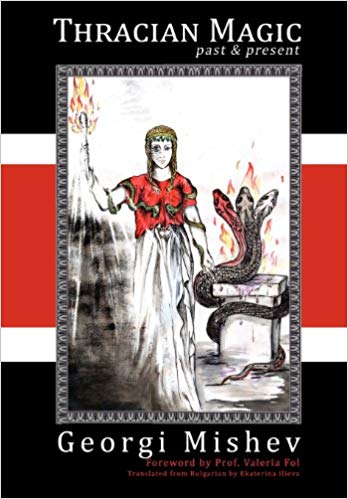
Sorita d’Este – Your book Thracian Magic: Past & Present was published by Avalonia a few years ago. What inspired you to write the book?
Georgi Mishev – The inspiration was a conversation with you Sorita. In that conversation, we have discussed that the culture and the magical traditions of the Balkans are almost unknown outside there. Because of that, it was a reason and inspiration to bring a part of this information out and to make it available in English.
Wow, I didn’t realise that! Thank you for sharing that with me!
Sorita d’Este – As a historian, what would you say is the most surprising thing you have learned in the last year about the Gods?
Georgi Mishev – The Gods surprise me with a lot of things. In the last year, I researched Gypsy rituals and beliefs in some old ethnographical records, and I found a fascinating image of the Fairy Queen in the Gypsy folklore called Ana. Here she is depicted like the Roman god Janus with two faces.
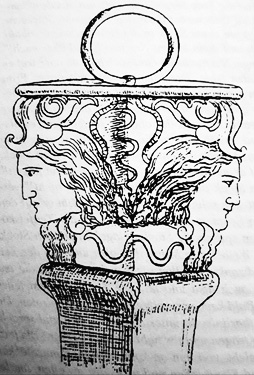
Sorita d’Este – As a Priest, how do you feel the Gods challenge or guide you in your actions? And how do you know that it is the Gods guiding you rather than your own subconscious?
Georgi Mishev – Oh, they are doing both I think. To serve the Gods is not easy work, not if you really do it. I believe that they teach us through different things and it depends on us to be able to learn and to be closer to them. I believe that it is our deeds that bring us closer or further from the Gods. I think that we can be sure that the Gods are directly giving us advice or guidance, because when it happens, it is significant and important enough to know.
Sorita d’Este – Do you feel that those drawn to serve the Gods as priesthood are called by the Gods, or is it something else?
Georgi Mishev – Nowadays is not much different than in ancient times. Everyone has a different reason. Maybe the thing that we don’t see so much nowadays is the responsibility that comes with priesthood. To be a priest or priestess means for me means that you give your life in service of the Divine. That means that your personal life is always in second place. Being a priest to me is synonymous with serving. Yes, they are different ways to serve, but I think that we should have at first the most necessary basic priesthood and after that, we can expand.
So I am of the opinion that we have to rebuild at first our sacred places, sanctuaries and temples, to have enough learned and skilled people to take care about them and after that to expand this service in different directions.
Sorita d’Este – Can you say more about Zagreus and Sabazius, the Gods which sometimes feature in your paintings?
Georgi Mishev – Zagreus and Sabazios are namings of ancient male deities, connected by the ancient authors with the Thracians and the Phrygians. They are very often identified with Dionysos, but sometimes also with Zeus, Helios etc. In Thracian Orphism (ed. the mystical initiatory tradition associated with Orpheus), they represent the two faces of the Thracian Dionysos. During the day the God is worshipped as the sun and during the night as the fire. Besides that they are not separated and represent two faces or sides of one and the same entity.
Zagreus is the god named so in his aspect as the seven-part bull, which is torn in pieces by the Titans. In this way Zagreus` faith goes through suffering. Sabazios is the Liberator and his path is that of purification. But f both Zagreus and Sabazios’ paths are ways to Immortality. This dual Son can receive also other namings, sometimes his image during the day is called Apollo and during the night Dionysos, sometimes Dionysos and Apollo are called one and the same god. One interesting fragment from Macrobius is telling us about a Thracian temple dedicated to Sabazios, called there Sebadius (Macrobius, Saturn. I. 18. 11):
“Again, we learn that in Thrace the sun is identified with Liber, who, as appears from the writings of Alexander, is worshiped there, under the name of Sebadius, with a splendid ritual. And on the hill of Zilmissus a temple has been dedicated to him, round in shape and with an opening in the middle of the roof.
The round shape of the temple represents the appearance of this star, and the admission of light at the top of the roof symbolizes the fact that the sun, by sending in its light from the highest part of the heavens, illumines the whole world and that at its rising all things become visible.”
Sorita d’Este – You have been involved in creating a traditional temple to the Gods in Bulgaria over the last few years. What are your hopes for the building and the rituals you are installing there?
Georgi Mishev – When I was 14 years old I promised the Goddess that I would build a temple for Her. I can remember the full moon of that night very clearly. It was and is the dream of my life – to create a place of worship for the Gods. I am thankful to the Gods that this dream is now becoming a reality, for their help and support and for the help and support of a lot of people who all helped to help make it manifest too. Of course, the temple building is not the end goal, but rather a starting point. Hopefully, it will become a place for worshippers, where they can stay and experience, learn and share.
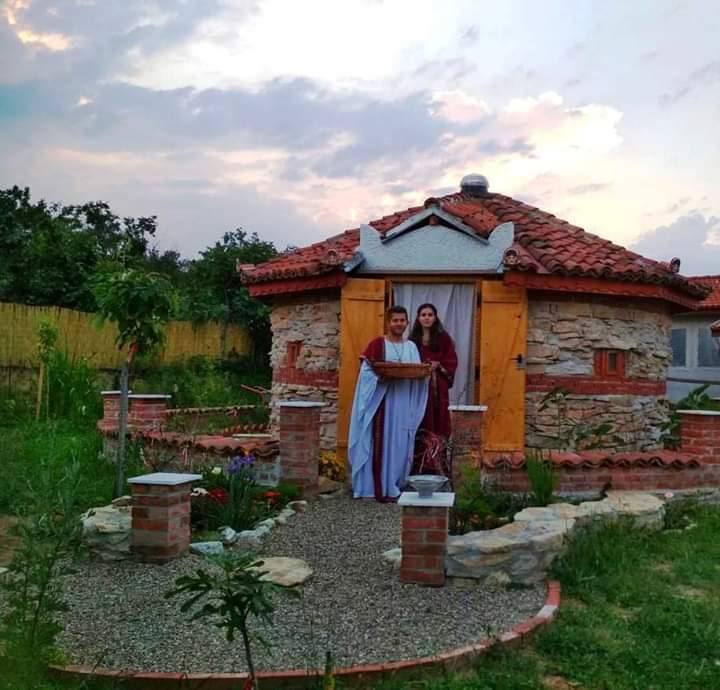
Sorita d’Este – Bulgaria is famous as the birthplace of the great Orpheus, who it is said was the founder of the Mysteries. Is Orpheus’ still important today?
Georgi Mishev – Yes, for sure!
The first textual evidence mentioning Orpheus calls him “the brilliantly known”. This famous ancient poet and singer is not only famous or brilliantly known because of his poetical and musical talents, but also because he is a personification of the attempt of achieving individual knowledge. Orpheus is a patron of the esoteric initiatory Mysteries and its faith and rituals; and in this way he is can also be named as an ambassador of Knowledge.
Orpheus is still important today, but unfortunately only very few people know about his connection with the Mysteries and the worship of the gods. This is called ‘threskeia’ in ancient Greek because of him – because his Thracian origin.
Trivialities
- Your favourite book of all time?
I do not have specific one.
- Your favourite character from history?
Proclus
- Your favourite element?
Earth
- Your favourite food?
Cherries
- Your favourite number?
9
- Your favourite planet?
Earth
- Your favourite plant?
Male fern
- Your favourite stone?
Amber
- Your favourite Tarot / Oracle deck?
The Rider-Waite tarot deck
- Your sunsign?
Gemini

